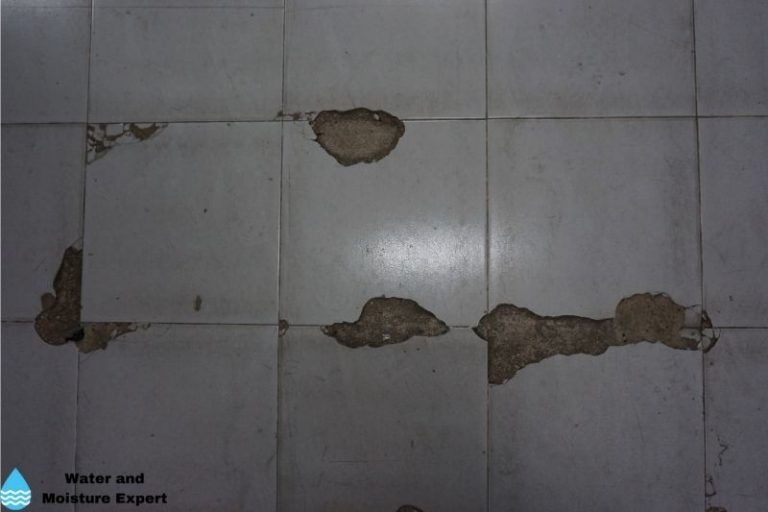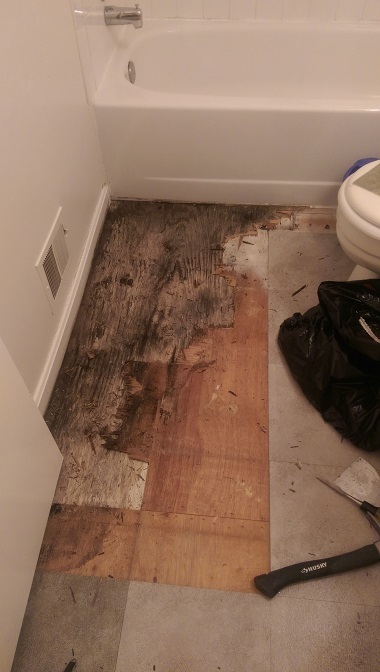Common Sources Of Water Damage in a Bathroom
Common Sources Of Water Damage in a Bathroom
Blog Article
This great article following next on the subject of Looking for Signs of Water Damage in the Bathroom is fairly remarkable. Try it and make your own personal findings.

The washroom is exceptionally prone for moist accumulation and potential water damage due to the constant use water in it. This write-up supplies basic assessment methods to assist discovering water damages dangers.
The regular use water in the washroom makes it exceptionally prone for damp build-up and possible water damages. By checking it frequently, you can decrease water related problems.
The complying with set of examinations is very easy to do and should be done as soon as in every 3 months in order to keep your bathroom healthy as well as to prevent potential water damages caused by the bath tub, the shower, pipe joints and plumbing, sinks, closets, as well as the toilet
Do not forget doing these evaluations and be detailed while doing them. Keep in mind that these straightforward inspections can conserve you a lot of cash by providing very early indicators for water damages
Sinks as well as Cabinets
Sinks and closets are subjected to dampness as well as humidity day-to-day and also are typically overlooked. Check routinely under the sink and also on the counter top over it. Fix any drip in the catch as it may recommend drain issues. Look around the sink, slow draining pipelines may suggest a blocked drainpipe. Replace sink seals if they are split or loosened.
Tub and also Shower
The shower as well as bath tub require unique attention as well as upkeep. Check the ceramic tiles and also replace if split. Make sure that there is no missing out on cement between the floor tiles. Inspect as well as change broken caulking at joints where the walls satisfy the flooring or the bath tub. Clogged drains pipes and pipes troubles will avoid the bath tub from drying as well as might indicate serious issues under the bath tub. Consult with an expert promptly to prevent structural damages. Take notice of discolorations or soft areas around the bath tub wall surfaces as they may indicate an internal leakage.
Plumbing
Signs for water damages are difficult to identify since many pipelines are mounted inside the walls.
Pay special interest to floor covering and also wall surfaces dampness and also stains as they might indicate an invisible plumbing issue. Inspect dampness degrees in adjacent rooms as well.
The Bathroom
The bathroom is a prone water joint. Examine the water lines and search for leaks around the bathroom seat, in the pipe, and also under the water container. If you detect any signs of wetness on the floor around the bathroom, look for leakages in the toilet rim and storage tank seals.
Understand that hanging bathroom dish antiperspirants boosts the opportunities for obstructions.
Water Damage Signs In The Bathroom To Avoid Cleanup
Musty smell
This is one of the easiest signs to catch because musty smells are so odorous. The damp, earthy, moldy smell should be a big red flag. The smell will develop when moisture gets trapped in surfaces, and begins to facilitate mold growth. Leaking pipes under cabinets, inside walls, and behind shower fixtures will cause moisture to stay trapped and not dry, which will lead to mold growth and spread. As soon as you notice any musty smells in your bathroom, have it checked for hidden water damage and cleanup signs.
Visible mold
If the smell isn’t there to give it away, sometimes you will actually see mold growth. Finding mold in your bathroom is a serious problem, because mold is very harmful to your health. By the time mold growth is visible, it also means that water damage has already occurred and been present for some time. The only way the mold problem can be resolved is to find the source of the moisture and get it stopped. To safely and adequately remove mold, you need to have professionals handle the remediation. Do not waste any time in getting mold problems addressed, fixed, and sanitized so that you can protect you and your family from the many respiratory symptoms caused by mold exposure.
Damaged floors
Bathroom floors should be able to withstand some exposure to water while still remaining in good condition. However, when excess exposure or water leaks occur, they will begin to damage even the most water-resistant flooring. If you notice any cracking, bubbling, staining, or warping on your bathroom floors, there is probably a water leak somewhere causing the distortion. If you notice areas of the floor have become softer, or even have a spongy feeling, there is probably damage to the subfloor. Subflooring is typically made up of plywood. When plywood is exposed to water or moisture, it will absorb it. Once it has become saturated, the weight of the excess water will cause the wood to swell and soften. Check the floors in your bathroom frequently to catch any of these sings before they lead to damaged subflooring.
Changes on walls
When water leaks behind walls, it will cause changes in the drywall. Peeling plaster, blistering paint, and soggy wallpaper are all good indicators that excess water is building up behind the wall. Water leaking behind drywall will cause it to swell and be soft to the tough. If you start to notice gaps along the trim of your walls, or where tile meets the wall, it could also be a strong indicator that there is a leak behind the wall. Any changes, distortion, or damage on the walls should be evaluated as soon as you notice it to prevent further water damage and cleanup.

Do you like more info about Common Causes of Water Damage in a Bathroom? Write a comment down below. We will be interested to see your responses about this entry. We hope that you visit us again later on. Do you know about somebody who is excited by the niche? Take a moment to promote it. Thanks so much for going through it.
This Site Report this page